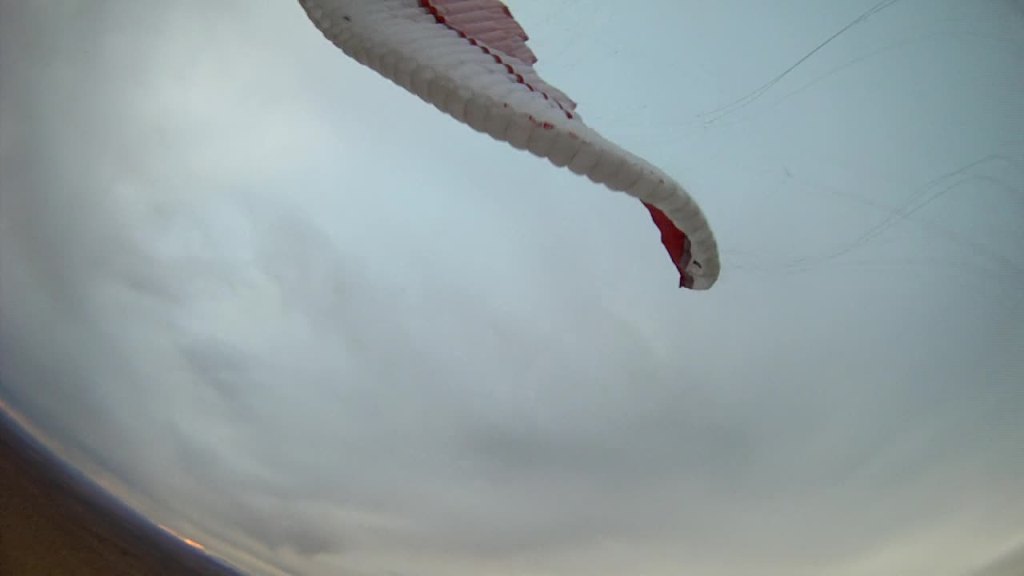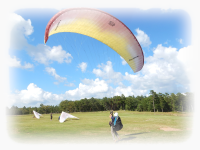Virga
by Had Robinson
"Virga is an observable streak or shaft of precipitation that falls from a cloud but evaporates or sublimes before reaching the ground" – Wiki
In the photos below, virga can be seen in the distance at the base of the
darker clouds. There may not be any dangerous air nearby but why take
the chance? However, it is far enough away that the pilot who took the
photo was not in any danger. Virga from towering clouds, on the other
hand, can have tremendous force. It can hit the ground and spread out
in all directions like a tidal wave. The mountains in the distance are
the East Potrillo Mountains of south central New Mexico. This is some
of the higher territory near the Continental Divide of the southwest U.S.
and, consequently, a region that has more weather.
Virga above
the Franklins Mountains north of El Paso, TX.
As Wiki notes, virga can be extremely hazardous to aviation,
especially ultralights. The high heat of vaporization of the virga
creates pockets of cold air which can fall rapidly, gaining momentum until
it reaches the ground. The net effect is a severe downdraft which can
be a mile in diameter or just a dozen yards. An ultralight encountering
the vertical shear of the falling air while flying through the surrounding
air can be thrown out of control.
Like virga, thunderstorms can
create downdrafts and shear with often fatal results for pilots. A
recent thunderstorm (1) mile west of Dona Ana County Airport, NM
killed the pilot and his pilot passenger. Both had failed to get
available weather information before departing the airport.
Ultralights should stay out of the air or land when virga is observed.
Here is a fully inflated paraglider that hit sheer caused by virga.
The shear was located to the right of the flight path and hit the right half
of the glider but not the left half. Virga is like a cannonball of air
dropping out of the sky. As the glider moved forward the collapse
continued across the wing to the left. The wing re-inflated safely
without cravats, damage, or excessive surge. However, the forces were
great enough to break some minor components of the harness. The pilot
had over 1,000' of altitude above ground which would have provided enough
time to throw a reserve parachute if there had been a problem. But
throwing a reserve is always a last resort to save your life....

Now, why would anyone with sense fly when virga has been observed? It
is easy to say, "Nothing will happen...." This is usually the case,
but not always.
![]()




